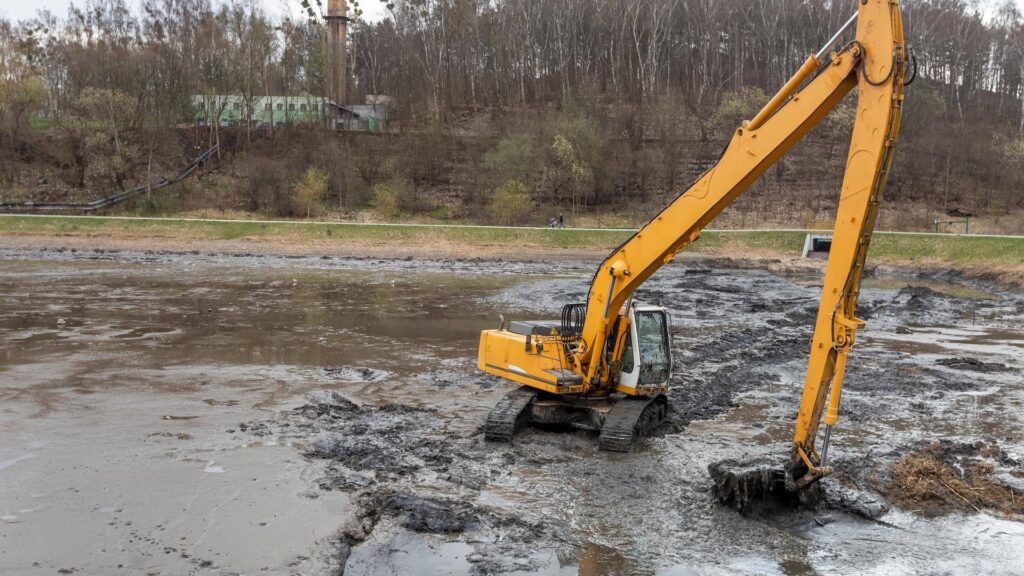Environmental remediation is the process of cleaning up and restoring contaminated sites to eliminate or reduce environmental hazards. It addresses pollution caused by industrial activities, chemical spills, waste disposal, and other human actions that negatively impact soil, water, and air quality. Contaminated sites not only pose risks to ecosystems but also threaten public health, making environmental remediation a critical practice in modern environmental management.
The need for environmental remediation arises from the long-term consequences of pollution, such as groundwater contamination, soil degradation, and harmful emissions. Without intervention, these issues can escalate, causing irreversible damage to natural resources and disrupting local communities. Environmental remediation services play a vital role in identifying, assessing, and implementing solutions to address these challenges effectively. These services encompass a range of techniques, including soil washing, water treatment, and air purification, tailored to the specific needs of each site.
In large-scale projects, environmental remediation companies bring expertise, advanced technology, and compliance with regulatory standards. Their involvement ensures that remediation efforts are not only effective but also sustainable, protecting ecosystems and communities for future generations.
Environmental remediation services and companies are at the forefront of restoring balance to contaminated environments, safeguarding both nature and human health by combining innovative methods and professional expertise.
Understanding Environmental Remediation
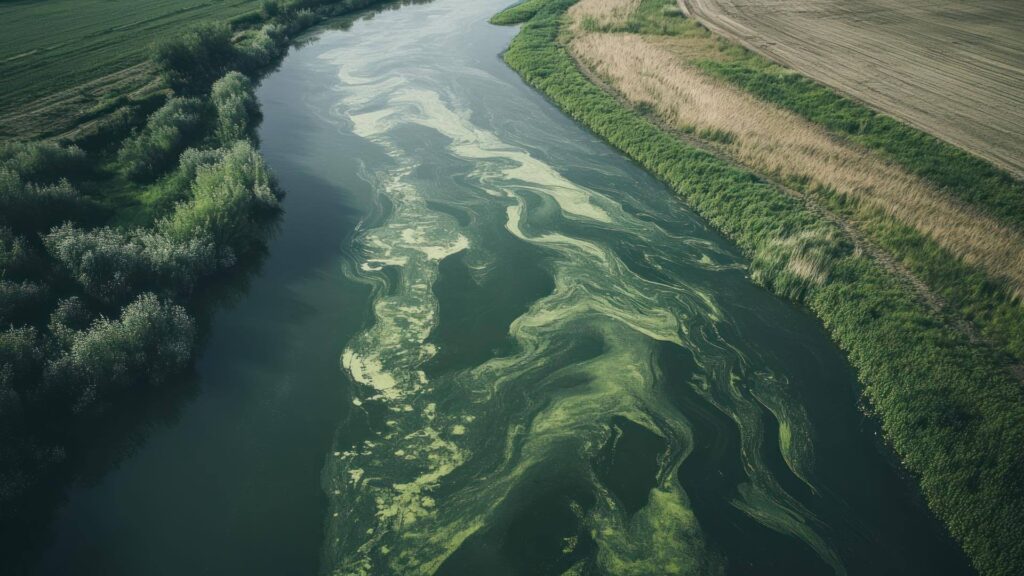
Environmental remediation is the process of removing or neutralizing pollutants from contaminated environments, such as soil, water, and air, to restore ecological balance and ensure public safety. Its scope extends from small-scale site cleanups to extensive, multi-phase projects aimed at addressing widespread contamination caused by industrial activities, waste disposal, or accidental spills.
Hazardous chemicals, heavy metals, petroleum products, and organic waste are key contaminants found at polluted sites. Industrial waste from factories, chemical spills from storage or transportation accidents, and oil leaks from pipelines or drilling operations are among the most common sources of contamination. These pollutants can seep into groundwater, degrade soil quality, and release toxic substances into the air, posing significant health and environmental risks.
Environmental remediation services are designed to mitigate these risks by employing a range of strategies and technologies tailored to specific contaminants and site conditions. For instance, techniques like bioremediation use microorganisms to break down pollutants, while chemical treatments neutralize hazardous substances in soil and water. Additionally, advanced technologies such as vapor extraction systems remove airborne contaminants to improve air quality.
Environmental remediation companies play a vital role in these efforts, offering expertise, resources, and compliance with regulatory requirements. Their ability to assess, design, and execute complex remediation projects ensures effective solutions for diverse environmental challenges. By partnering with environmental remediation companies, industries and governments can implement large-scale cleanups to restore degraded areas. These companies also provide specialized services for industries like oil and gas, ensuring contaminated sites are restored sustainably.
Environmental remediation services and companies help protect ecosystems, promote public health, and support sustainable development in affected areas by addressing contamination at its source. These efforts are essential for creating safer and healthier environments for current and future generations.
Common Contaminants and Their Impact
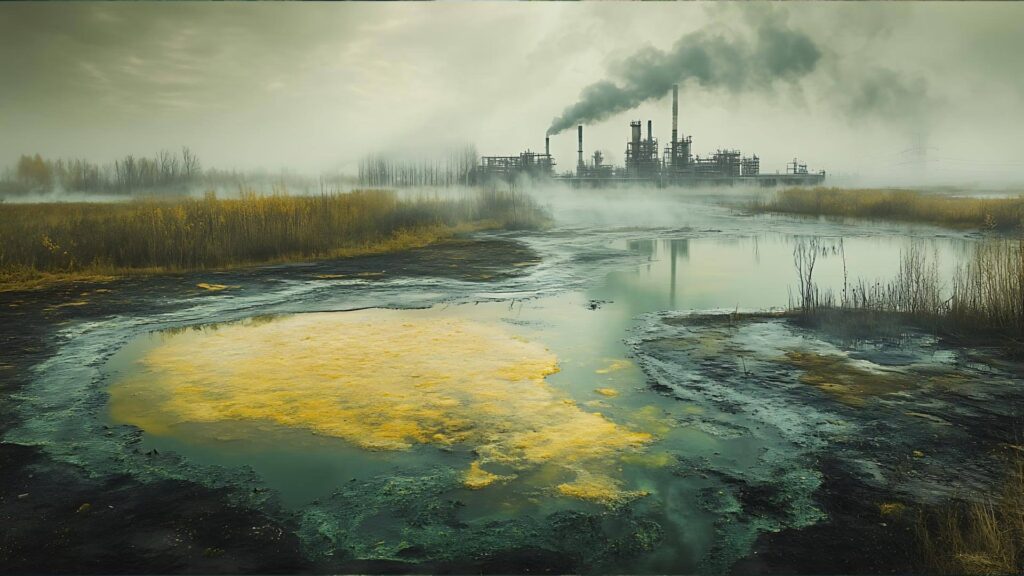
Contaminated sites pose significant risks to both human health and the environment, often resulting from pollutants in soil, water, and air. Common types of contamination include hazardous chemicals, heavy metals, petroleum products, pesticides, and industrial byproducts. These contaminants are introduced through activities such as improper waste disposal, chemical spills, mining, and manufacturing processes.
Soil contamination can reduce agricultural productivity and harm ecosystems by introducing toxins that affect plants and animals. Pollutants in water, such as industrial effluents, oil spills, or leaching chemicals, compromise drinking water supplies, aquatic habitats, and the health of nearby communities. Air pollution from volatile organic compounds (VOCs) and airborne particulates can trigger respiratory issues, contribute to climate change, and harm local ecosystems.
The health impacts of contaminated sites range from respiratory diseases and neurological disorders to long-term risks like cancer. Ecologically, these contaminants disrupt food chains, degrade habitats, and threaten biodiversity.
Environmental remediation services play a crucial role in addressing these risks. By employing advanced techniques and technologies, they mitigate the impact of pollutants and restore contaminated areas to safe conditions. Environmental remediation companies bring expertise and resources to identify contamination sources, assess their impact, and execute targeted solutions. These companies also ensure regulatory compliance, helping industries and governments address contamination responsibly.
Through the efforts of environmental remediation companies and services, contaminated sites can be rehabilitated, protecting ecosystems and improving the quality of life for affected communities.
Key Strategies in Environmental Remediation
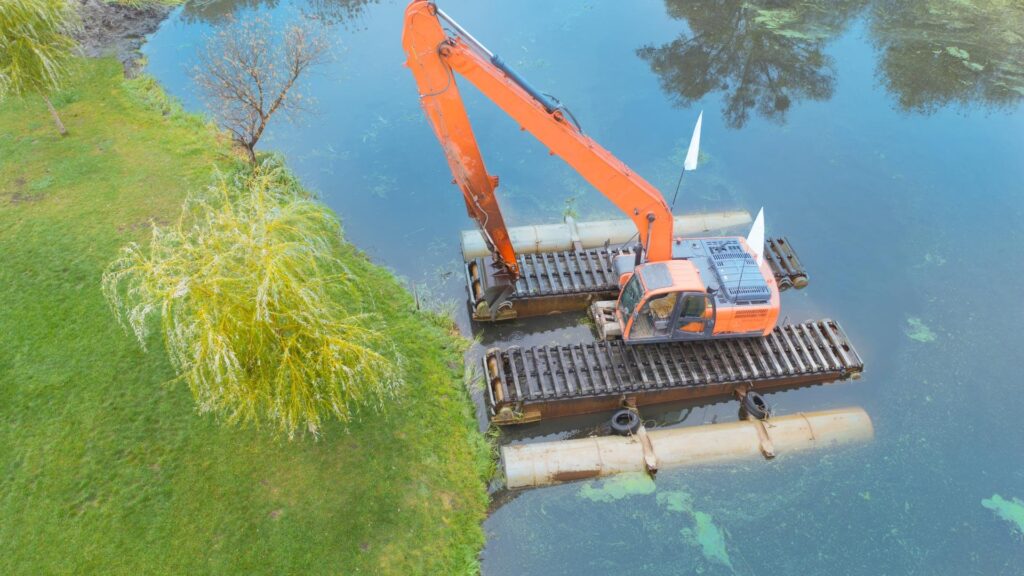
Environmental remediation encompasses a variety of strategies designed to address specific types of contamination in soil, water, and air. These approaches aim to mitigate environmental and health risks while restoring affected sites to safe and usable conditions.
Soil Remediation
Soil remediation involves techniques such as bioremediation, thermal desorption, and soil washing. Bioremediation uses microorganisms to break down hazardous pollutants into non-toxic substances, making it an eco-friendly option. Thermal desorption involves heating contaminated soil to vaporize and separate harmful chemicals. Soil washing, on the other hand, physically removes pollutants by washing soil with water or chemical solutions. These methods are widely used to rehabilitate agricultural land and industrial sites.
Water Remediation
Water remediation addresses contamination in groundwater and surface water. Techniques like air sparging inject air into contaminated water to volatilize harmful chemicals, while pump-and-treat systems extract polluted water for treatment. Chemical treatments involve adding agents to neutralize or break down toxic substances in water. These methods ensure safe drinking water and protect aquatic ecosystems.
Air Remediation
Air remediation tackles airborne pollutants through vapor extraction and carbon filtration. Vapor extraction captures and removes volatile organic compounds (VOCs) from the air, while carbon filtration traps harmful particles, improving air quality in industrial and residential areas.
The Role of Environmental Remediation Services
Environmental remediation services are vital in selecting and implementing the most suitable strategies for specific contaminants. These services, often provided by environmental remediation companies, leverage advanced technology and expertise to ensure effective and sustainable solutions tailored to each site’s unique challenges. This collaborative effort helps restore ecosystems and safeguard public health.
Advanced Technologies in Environmental Remediation
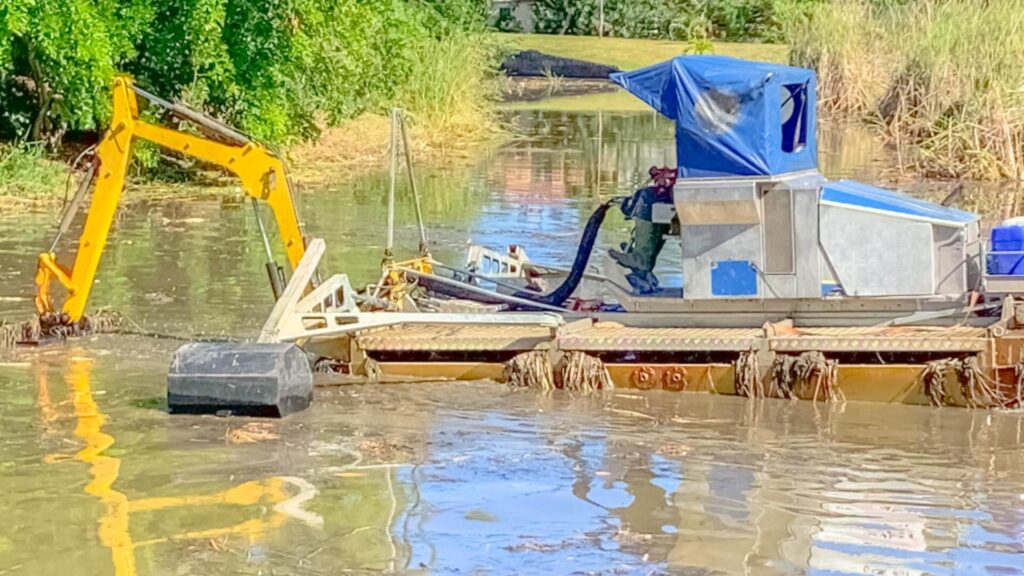
Technological advancements are revolutionizing environmental remediation, making site assessments and cleanup processes more efficient and precise. From artificial intelligence (AI) to emerging techniques like phytoremediation and nanotechnology, these innovations are transforming how environmental challenges are addressed.
AI and data analysis have become invaluable tools in site assessments and remediation planning. AI-powered systems analyze vast amounts of data from sensors, monitoring equipment, and historical records to identify contamination sources, predict pollutant behavior, and optimize cleanup strategies. This technology enables environmental remediation services to make informed decisions quickly, minimizing costs and project timelines while improving overall effectiveness.
Emerging technologies like phytoremediation and nanotechnology are providing sustainable and innovative solutions for contamination. Phytoremediation uses plants to absorb, stabilize, or break down pollutants in soil and water. This eco-friendly approach is particularly effective in areas with heavy metals or organic contaminants. Nanotechnology, on the other hand, employs nanoparticles to neutralize toxins at a molecular level, offering unprecedented precision and efficiency in remediation efforts.
Environmental remediation companies are at the forefront of leveraging these advanced technologies to improve outcomes. They integrate AI and data-driven solutions into their projects to enhance monitoring and reporting, ensure regulatory compliance, and minimize environmental impacts. By adopting cutting-edge technologies, these companies not only boost the efficiency of their environmental remediation services but also provide sustainable, long-term solutions for restoring contaminated sites.
Environmental remediation continues to evolve through the strategic use of advanced technologies, enabling the industry to address complex environmental challenges more effectively and precisely.
The Role of Environmental Remediation Services
Environmental remediation services play a crucial role in addressing contamination by providing a structured approach to assess, design, and implement cleanup projects. These services are often the first step in mitigating the harmful effects of pollution, as they evaluate site conditions to determine the extent and type of contamination. Using advanced techniques like soil sampling, groundwater analysis, and air quality monitoring, environmental remediation services identify the pollutants present and develop tailored solutions to address them effectively.
The design and implementation phase involves creating a comprehensive remediation plan. Environmental remediation companies bring expertise and state-of-the-art technologies to execute these plans efficiently. From selecting the appropriate remediation method to employing advanced tools like AI for monitoring, these companies ensure that projects are completed with precision and effectiveness. Their role extends beyond cleanup, as they often work on habitat restoration and long-term monitoring of restored sites.
Collaboration is another key aspect of environmental remediation services. These services work closely with stakeholders, including government agencies, private businesses, and community organizations, to align project goals with environmental regulations and public interests. This collaboration ensures that remediation efforts not only meet legal requirements but also address broader ecological and societal concerns.
Compliance with environmental standards is critical to the success of any remediation project. Environmental remediation companies ensure adherence to local, national, and international regulations, minimizing legal risks and maximizing environmental benefits. Through these efforts, environmental remediation services protect ecosystems, improve public health, and pave the way for sustainable development in affected areas.
Challenges in Environmental Remediation
Environmental remediation is a complex process that often faces numerous challenges. From technical obstacles to regulatory and financial hurdles, these issues can complicate efforts to restore contaminated sites effectively and sustainably.
One of the primary technical challenges in environmental remediation services is accurately identifying contaminants and understanding site conditions. Pollutants often exist in varying concentrations and can migrate through soil, water, and air, making it difficult to pinpoint their exact locations. Additionally, site logistics, such as limited access to contaminated areas or unstable ground conditions, can add further complications to the remediation process.
Environmental remediation companies also face regulatory and financial hurdles. Compliance with environmental laws and standards requires thorough documentation, permitting, and adherence to stringent guidelines. Navigating these legal frameworks can be time-consuming and costly, especially for large-scale projects. Financial constraints, such as limited funding or unexpected project expenses, can further delay or hinder remediation efforts.
Balancing project timelines with ecological restoration goals presents another significant challenge. While fast execution may reduce risks and costs, rushing the process can lead to incomplete remediation or unintended environmental harm. Environmental remediation services must carefully plan and monitor their activities to achieve effective restoration without compromising ecological integrity.
Despite these challenges, environmental remediation companies play a vital role in overcoming these obstacles through innovation and expertise. By leveraging advanced technologies, collaborating with stakeholders, and maintaining a commitment to sustainability, these companies ensure that remediation projects succeed in restoring contaminated sites and safeguarding ecosystems for future generations. The efforts of environmental remediation services remain essential in addressing complex environmental challenges worldwide.
Conclusion
Environmental remediation is vital for restoring contaminated sites, safeguarding ecosystems, and ensuring public health. By addressing soil, water, and air pollution, remediation efforts tackle the long-term impacts of industrial activities, chemical spills, and waste mismanagement. Environmental remediation services are crucial in mitigating these risks, as they provide tailored solutions and advanced techniques to effectively rehabilitate polluted areas.
Environmental remediation companies provide essential expertise and resources, enabling large-scale restoration projects to succeed. From assessing contamination levels to implementing cutting-edge technologies, these companies ensure that projects meet regulatory standards and environmental goals. Their efforts not only rehabilitate affected areas but also contribute to long-term ecological balance and sustainable development.
However, continued progress in this field requires ongoing commitment and investment. Advanced technologies, such as AI-driven monitoring systems, nanotechnology, and phytoremediation, are revolutionizing the way contamination is addressed. To maximize the impact of these innovations, stakeholders must prioritize funding, research, and collaboration with environmental remediation services and companies.
As we face growing environmental challenges, the importance of sustainable remediation practices cannot be overstated. By supporting the efforts of environmental remediation companies and advocating for greener, more efficient methods, we can restore ecosystems, protect public health, and create a cleaner, safer future for generations to come. Together, we can make environmental remediation a cornerstone of global sustainability.

